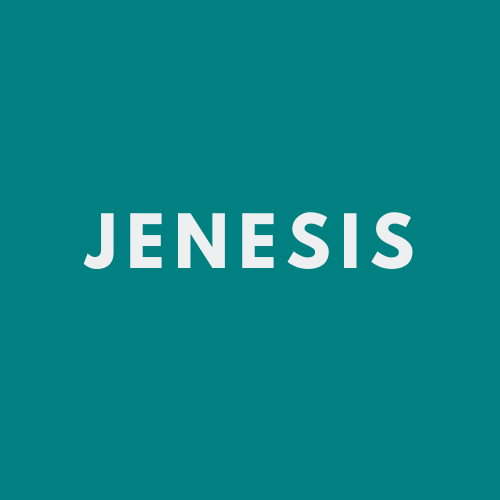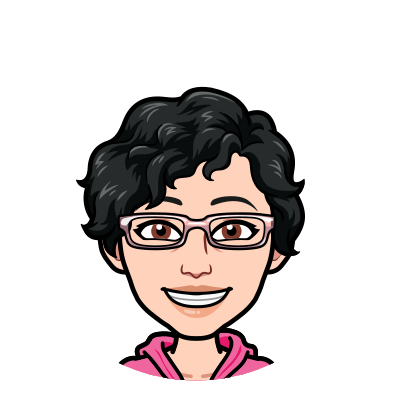[2024-01-21] A circle of care
A friend recently recommended an opinion piece in The New York Times called Train Yourself to Always Show Up. When I landed on this quote, I was so taken by it that I reread it several times:
When your heart is broken, when the specter of death visits your family, when you feel lost and alone and inclined to retreat, you show up. You entrust your pain to the community.
It reminded me of the days immediately following my ovarian cancer diagnosis when I was scared, bewildered and—as a result of taking medical leave—almost immediately cut off from colleagues and employees who had become my work family. Starting this blog was a way of remaining connected to them and many others. It was a way to not only share my story but also to benefit from the healing power of community.
The Times article was written by Sharon Brous, the senior rabbi of a Jewish community based in Los Angeles, and the author of the recently published The Amen Effect: Ancient Wisdom to Mend Our Broken Hearts and World. Brous shares an ancient practice described in a Jewish legal compendium from the third century:
Several times each year, hundreds of thousands of Jews would ascend to Jerusalem, the center of Jewish religious and political life. They would climb the steps of the Temple Mount and enter its enormous plaza, turning to the right en masse, circling counterclockwise.
Meanwhile, the brokenhearted, the mourners (and here I would also include the lonely and the sick), would make this same ritual walk but they would turn to the left and circle in the opposite direction: every step against the current.
And each person who encountered someone in pain would look into that person’s eyes and inquire: "What happened to you? Why does your heart ache?"
Those who started to the right, says Brous, would offer a blessing to those who started to the left—their presence communicating, "You are not alone." One year, someone might start to the right. The next year, they might start to the left.
This year, you walk the path of the anguished. Perhaps next year, it will be me. I hold your broken heart knowing that one day you will hold mine.
Brous takes two profound lessons from the ancient text, which she describes as a teacher, a guide and—for the past few months—her north star.
First, do not take your broken heart and go home. Don’t isolate. Step toward those whom you know will hold you tenderly.
And on your good days — the days when you can breathe — show up then, too. Because the very fact of seeing those who are walking against the current, people who can barely hold on, and asking, with an open heart, "Tell me about your sorrow," may be the deepest affirmation of our humanity, even in terribly inhumane times.
Brous acknowledges that it can be daunting to turn to a person experiencing anguish. Their sorrow may scare us. It may unsettle us. It may make us feel powerless to take their pain away. It may remind us of our own vulnerability. But stepping forward, Brous says, communicates: "I will not abandon you. I will meet your grief with relentless love." She adds:
We cannot magically fix one another’s broken hearts. But we can find each other in our most vulnerable moments and wrap each other up in a circle of care. We can humbly promise each other, "I can’t take your pain away, but I can promise you won’t have to hold it alone."
Showing up for one another doesn’t require heroic gestures. It means training ourselves to approach, even when our instinct tells us to withdraw. It means picking up the phone and calling our friend or colleague who is suffering. It means going to the funeral and to the house of mourning. It also means going to the wedding and to the birthday dinner. Reach out in your strength, step forward in your vulnerability. Err on the side of presence.
Sometimes it isn't our discomfort that leads us to withdraw from people going through a tough time. We get busy. Time flies by. Before we know it, it's been months since we messaged someone. Or we worry that checking in with someone could be interpreted as checking up on them, prying into a personal matter, even if they were the ones who reached out first.
To counter my right brain's tendency to identify reasons not to reach out, I've started keeping a list of people who have contacted me at various points to seek advice, gain perspective or find community, noting when we last spoke. I allow my left brain to take over, composing and sending a message before my right brain can raise any objections. Without exception, the individuals I've followed up with have appreciated my connecting with them.
The second lesson Brous takes from the ancient text is this:
Humans naturally incline toward the known. Our tribes can uplift us, order our lives, give them meaning and purpose, direction and pride. But the tribal instinct can also be perilous. The more closely we identify with our tribe, the more likely we are to dismiss or even feel hostility toward those outside it.
One of the great casualties of tribalism is curiosity. And when we are no longer curious, when we don’t try to imagine or understand what another person is thinking or feeling or where her pain comes from, our hearts begin to narrow. We become less compassionate and more entrenched in our own worldviews.
Trauma exacerbates this trend. It reinforces an instinct to turn away from one another, rather than make ourselves even more vulnerable.
The notion that trauma makes us more likely to turn away from others is incredibly profound. I can imagine that some individuals would be traumatized by a cancer diagnosis or other serious ailment and would therefore turn inward. I respect that. I also respect that, for some individuals, turning inward toward themselves or outward toward a community can vary over time. Perhaps in the first days and weeks after a cancer diagnosis, for example, they need to be by themselves or with a few very close family members. Months later, however, they may wish to enter the proverbial temple, turn left and welcome the support of those who turned right.
Brous' article is about much more than individual pain, such as a serious illness, the loss of a loved one, or heartache. It is also about pain felt by entire communities. She concludes her article with these aspirational words:
The ancient rabbis ask us to imagine a society in which no person is disposable. Even those who have hurt us, even those with views antithetical to ours must be seen in their humanity and held with curiosity and care.... Imagine a society in which we learn to see one another in our pain, to ask one another, "What happened to you?" Imagine that we hear one another’s stories, say amen to one another’s pain, and even pray for one another’s healing.
The beauty of art—and, to me, writing in any form is art—is that we can interpret it through our own life experience. In 2020, when I learned that I had ovarian cancer, I might have turned left, had I found myself in the temple, "every step against the current." By 2021, however, notwithstanding additional health challenges, I would have turned right, empowered by my experience with cancer to see the pain in others and to tenderly hold a place in my heart for the sorrow of others who have come behind me.



